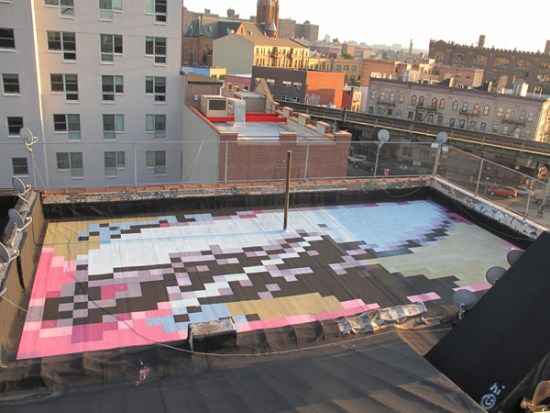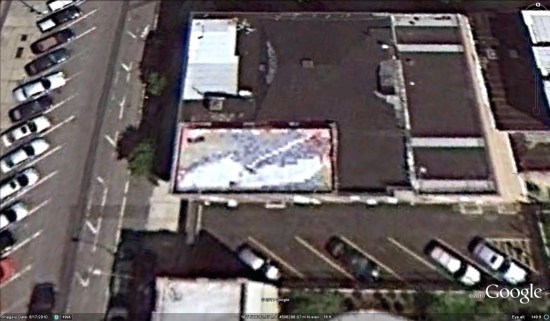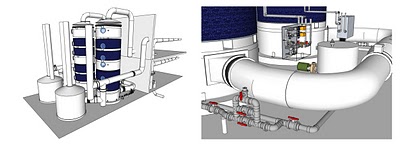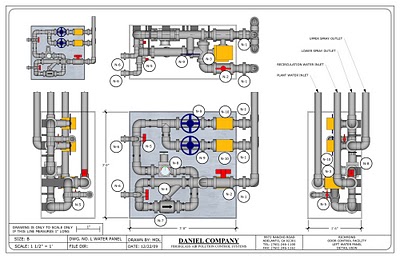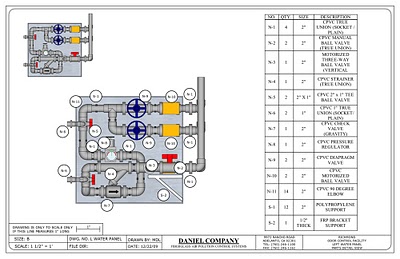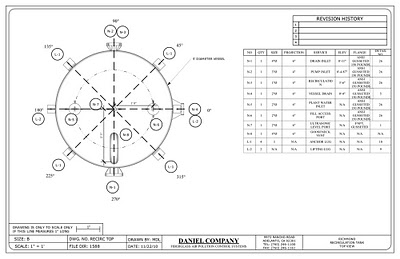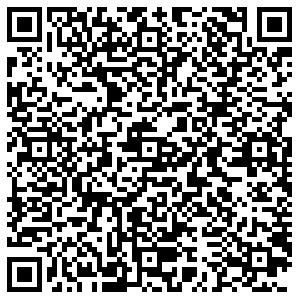 The printable QR Code that directed folks to your Places Page that Google offered up in the Places Dashboard went missing last week. A number of posters have turned up in the forums asking where it went, wondering how to print out the QR Code for their Places Page and lamenting its absence. Google has not yet made a public announcement whether the feature has been pulled or is just missing as a result of another bug.
The printable QR Code that directed folks to your Places Page that Google offered up in the Places Dashboard went missing last week. A number of posters have turned up in the forums asking where it went, wondering how to print out the QR Code for their Places Page and lamenting its absence. Google has not yet made a public announcement whether the feature has been pulled or is just missing as a result of another bug.
My response to the posters: GOOD RIDDANCE!
While the availability of the QR Code in the Places Page raised the visibility of the idea of the QR Code for millions of SMBs that otherwise would not have thought about them, Google’s self serving implementation was never one that was in the best interest of the business owner.
It is incredibly easy to create and print your own QR Code that can be used in a range of environments that better meet the needs of business. For example this site CreateQRcode.appspot.com uses Google’s QR code API to allow a user to embed any URL in the code and print at a range of different sizes. It’s as simple as deciding which web page should be referenced in which campaign and pasting the URL in. The QR Code graphic is then generated in a choice of different sizes.
QR Codes could be added to newspaper ads, yellow page ads, billboards, business cards, TV commercials and signage. They are a useful way to encourage online engagement from the offline world. One suggestion that I have been making of late to clients with heavy foot traffic is to use the code to drive mobile shoppers directly to the Google mobile rating/review entry screen so as to facilitate the process….. here is the “recipe:
Take Google’s incredibly onerous URL for your Places Page:
http://maps.google.com/maps/placeclient=safari&oe=UTF8&ie=UTF8&
q=blumenthals.com+olean+ny&fb=1&gl=us&hq=blumenthals.com+olean+ny
&hnear=blumenthals.com+olean+ny&cid=8612728639224254627&z=14
Shorten it to its minimum content:
http://google.com/maps/place?cid=8612728639224254627
Add the following snippet to the end of the URL to send the user directly to the review window:
&dtab=2&action=openratings&ct=write-review
This creates the following URL:
http://google.com/maps/place?cid=8612728639224254627&dtab=2&action=openratings&ct=write-review
Enter the above URL in the QR Code Generator, print and post near your exit with a request for a review. When scanned with any of the QR Code readers available on Android or the iPhone it will direct the users to Google’s Hotpot style, simplified mobile review environment:
While the above review solution still takes a user to your Google Places Page, it does so in a way that is useful to you and makes the customer’s life easier. Not only does it greatly facilitate the process of leaving a review in an engaging way, it does so while the experience is fresh for the consumer.
I would love to hear how your clients have used QR Codes and how well they worked.
Related posts:

